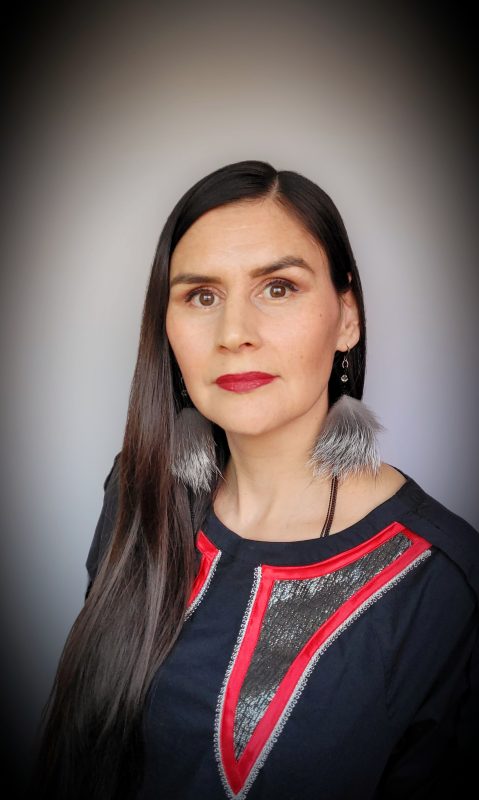News
Repost:Indigenous Women Entrepreneurs – Changing the Future of Tourism in Canada’s North
Author:Yvette Rasmussen (Stswecem’c Xget’tem First Nation) and Dr. Sonya Graci
” …
Inuvialuk fashion designer, Taalrumiq, named after her maternal Great-Naanak Taalrumiq, resides in the Northwest Territories. For Inuvialuk Peoples, traditional names carry profound responsibility. Believing that children share physical and spiritual traits with their namesakes, Elders and family members performing the naming ceremony place deep consideration into ensuring that both the child and ancestor are honored through the naming process. Born in a segregated hospital to an Inuvialuk mother and a Gwich’in father, Taalrumiq was raised with her Inuvialuit family and is descended from a long line of Inuit women respected for their talent as master seamstresses.

Creating clothing for family and community members is an esteemed role in the North. Not only does clothing protect people from the elements, but proper preparation and care of the hides also show deep respect for the animals used in their creation. Each seamstress’s stitches and style are unique to her family.
Growing up, Taalrumiq spent time with her siblings and cousins in her grandmother’s sewing room. Nestled between the hides and fabrics, she drew comfort from the smell and memories they inspired and stories they conjured. For Inuit Peoples, clothing means survival, and every item has a tale to tell. Seal and caribou skins are skillfully crafted into warm winter parkas, footwear, and hats, with special items passed down and repurposed over generations.
Today, Taalrumiq represents the future and potential of her people, occupying the intersection of tradition and technology. She is a graduate of the University of Alberta, where she earned a Bachelor of Science in Human Ecology and a Bachelor of Education, majoring in Home Economics and minoring in Art. She once imagined her future as a teacher but quickly realized that, despite her efforts, this path was not hers to follow. Life in a northern community without wrap-around support (such as child care) presents barriers that prohibit women from building sustainable livelihoods.
In 2019, using her traditional skills and entrepreneurial aptitude, Taalrumiq turned to tourism. She created a Facebook page and began sharing her work on social media under her Indigenous name, Taalrumiq, and today she has found a means to combine her storytelling skills with her Inuvialuit strengths as a seamstress and artisan, earning international recognition as a fashion designer, curator of fine art, and digital content creator. Now a social media influencer, Taalrumiq creates short format videos ‘Invuialuitizing’ style trends that revitalize timeless traditions and people’s relationship with the planet. She shares her Inuvialuit culture and identity on Tik Tok, where she has amassed an impressive following, receiving close to two million likes on her videos.
Taalrumiq’s parents are residential school survivors, an experience they hesitate to talk about to this day. “There was the humiliation of being told that Indigenous people were dirty and uncivilized and that our cultural practices were demonic. Our people were told we should aspire to become more ’civilized,’” she says. Taalrumiq was among her community’s last generation of children to attend residential school. The hardship faced in pursuing education outside their community was too much for many of her peers, who dropped out of school.
Drawing inspiration from her family and ancestors, Taalrumriq says she is, first and foremost, an Inuvialuk woman: “No matter where I am in the world, I am Inuvialuk. My artwork makes me feel connected to that truth. Creating, viewing, and appreciating art is a necessary part of who we are as Inuvialuit people. We lost so much of our culture, our language, and our identity due to colonization, so it’s important to create pieces that celebrate us, to remember where we come from, who we come from, and what we are capable of.”
Colonization has compromised Indigenous women’s well being and way of life across Canada. The Indian Act stripped them of their rights, leaving them vulnerable to poverty and over-represented as victims of violence. For a growing number of Indigenous women in Canada’s North, tourism is a gateway to sustainable livelihoods and self-determination. Indigenous women entrepreneurs are Indigenizing business models and how they interconnect with people, place, and the planet.
…”


 English
English Français
Français 简体中文
简体中文